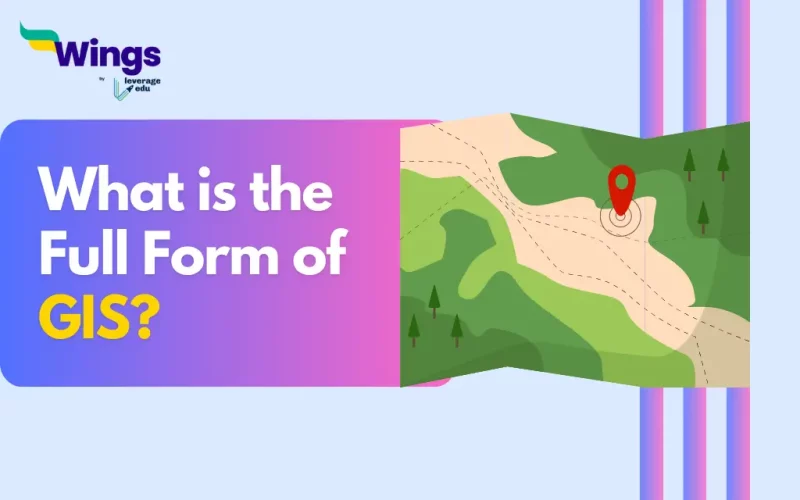The Full Form of GIS is a Geographic Information System. It is a powerful computer system that captures, stores, analyzes, and displays geographic data. Furthermore, this data can include anything with a location, like rivers, roads, buildings, demographic information, environmental factors, and even historical sites. In today’s day and age GIS is very useful as climate change can be witnessed all over the world. Read on to learn more about the GIS Full Form.
Table of Contents
What is a GIS Used for?
GIS is used for many aspects of our daily lives. Moreover, here are some examples:
- Urban Planning: City planners use GIS to analyze population data, traffic patterns, and land use to design efficient and sustainable infrastructure.
- Environmental Management: Environmental scientists use GIS to track deforestation, monitor pollution levels, and manage natural resources effectively.
- Emergency Response: Emergency responders use GIS to visualize disaster zones, plan evacuation routes, and allocate resources efficiently.
- Business Analysis: Businesses use GIS to analyze customer demographics, identify potential new markets, and optimize their delivery routes.
- Archaeological Research: Archaeologists use GIS to map the locations of historical sites, analyze spatial patterns, and understand past civilizations.
Also Read: What is the Full Form of IS?
What is the Function of the GIS?
Additionally, the Function of GIS is as follows:
- Data Input and Storage: GIS allows for the collection of geographic data from different sources like satellites, GPS devices, and surveys.
- Moreover, this data is then stored in a specialised database that can be easily accessed and manipulated.
- Data Analysis: GIS has powerful tools to analyze spatial relationships between different datasets.
- In addition, users can identify patterns, trends, and correlations that might not be apparent from traditional data analysis methods.
- Visualization: One of the most valuable aspects of GIS is its ability to create maps and other visual representations of geographic data.
- These visualizations make complex information easily understandable and promote informed decision-making.
Also Read: What is the Full Form of GPS?
What are the 5 Benefits of GIS?
Furthermore, here are 5 Benefits of GIS:
- GIS helps users make data-driven decisions that are more effective and efficient. This is done by providing a comprehensive view of spatial relationships,
- Analyzing spatial patterns allows for a more precise allocation of resources, be it land for development, emergency services in a crisis, or infrastructure projects.
- GIS simplifies workflows and simplifies complex tasks. Thereby, analyzing spatial data through maps is often faster and more intuitive than traditional methods.
- GIS visualizations like maps are a universal language that can bridge communication gaps between different stakeholders in a project.
- GIS can reveal hidden patterns and trends, hence leading to innovative solutions to complex problems, by analyzing spatial relationships.
Popular Full Forms
We hope this blog has helped you understand the GIS Full Form and everything related to it. If you want to know more, find the full forms list on our blog. In the world of short forms, you can rely on the Leverage edu page to know about more full forms like this! Connect with us study abroad experts to achieve your international dream today!
 One app for all your study abroad needs
One app for all your study abroad needs













